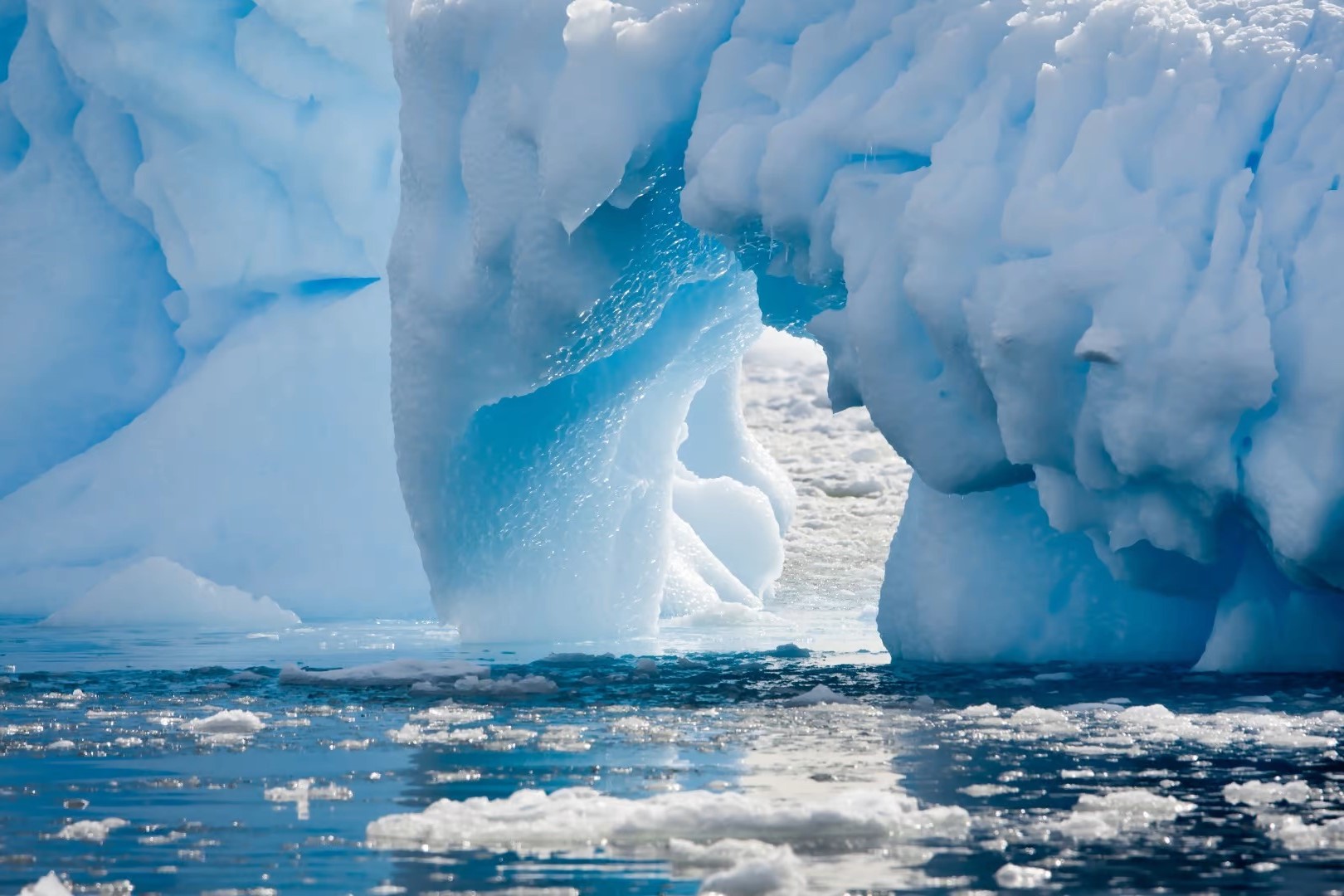
Glacier melting is a pressing issue affecting our planet. But why should you care? Glaciers store about 69% of the world's freshwater. When they melt, sea levels rise, which can lead to coastal flooding. This impacts millions living in coastal areas. Additionally, glaciers act as natural water reservoirs, feeding rivers and lakes. Their loss disrupts water supply for agriculture and drinking. Melting glaciers also contribute to climate change by releasing trapped greenhouse gases. Understanding these facts helps us grasp the broader implications of glacier melting. Why is glacier melting happening? Mainly due to global warming caused by human activities. Let's dive into 13 crucial facts about this phenomenon.
What Causes Glaciers to Melt?
Glacier melting is a complex process influenced by various factors. Understanding these causes helps grasp the broader implications of climate change.
-
Rising Global Temperatures: Increased greenhouse gas emissions trap heat in the atmosphere, causing global temperatures to rise. This warming effect accelerates glacier melting.
-
Ocean Warming: Warmer ocean waters erode glaciers from below, speeding up the melting process. This is particularly evident in polar regions.
-
Soot and Dust: Particles from pollution and wildfires settle on glaciers, darkening their surfaces. Darker surfaces absorb more heat, leading to faster melting.
Effects of Glacier Melting
The consequences of glacier melting extend beyond the immediate environment. They impact ecosystems, sea levels, and human communities.
-
Rising Sea Levels: Melting glaciers contribute to rising sea levels, which can lead to coastal flooding and erosion. This threatens coastal communities and ecosystems.
-
Loss of Habitat: Many species rely on cold environments created by glaciers. As glaciers melt, these habitats disappear, endangering wildlife.
-
Freshwater Supply: Glaciers store vast amounts of freshwater. Their melting reduces this supply, affecting water availability for millions of people.
Glaciers as Climate Indicators
Glaciers serve as vital indicators of climate health. Changes in their size and behavior provide crucial data for scientists.
-
Historical Climate Data: Ice cores from glaciers contain trapped air bubbles, offering a historical record of Earth's climate. Analyzing these cores helps scientists understand past climate changes.
-
Rapid Changes: Glaciers respond quickly to climate variations. Observing their changes helps scientists predict future climate trends.
Human Impact on Glacier Melting
Human activities significantly influence glacier melting. Understanding these impacts can guide efforts to mitigate further damage.
-
Fossil Fuel Consumption: Burning fossil fuels releases carbon dioxide, a major greenhouse gas. This accelerates global warming and glacier melting.
-
Deforestation: Cutting down forests reduces the planet's ability to absorb carbon dioxide. This contributes to higher atmospheric temperatures, affecting glaciers.
-
Industrial Pollution: Emissions from factories and vehicles release pollutants that settle on glaciers. These pollutants darken glacier surfaces, increasing heat absorption and melting rates.
Efforts to Slow Glacier Melting
Various initiatives aim to slow down glacier melting and mitigate its effects. These efforts involve both global policies and local actions.
-
Renewable Energy: Shifting to renewable energy sources like solar and wind reduces greenhouse gas emissions. This helps lower global temperatures and slow glacier melting.
-
Conservation Programs: Protecting forests and reducing pollution can mitigate some of the impacts on glaciers. Conservation efforts also support biodiversity and ecosystem health.
The Impact of Glacier Melting
Glacier melting isn't just a distant problem; it's affecting our world right now. Rising sea levels, disrupted ecosystems, and extreme weather patterns are just a few consequences. These changes impact wildlife, coastal communities, and even global weather systems.
Understanding glacier melting helps us grasp the urgency of climate action. Simple steps like reducing carbon footprints, supporting renewable energy, and advocating for environmental policies can make a difference.
It's crucial to stay informed and proactive. Every small effort counts in the fight against climate change. By working together, we can help slow down glacier melting and protect our planet for future generations.
Remember, the choices we make today shape the world of tomorrow. Let's commit to making positive changes and preserving the beauty and balance of our natural world.
Was this page helpful?
Our commitment to delivering trustworthy and engaging content is at the heart of what we do. Each fact on our site is contributed by real users like you, bringing a wealth of diverse insights and information. To ensure the highest standards of accuracy and reliability, our dedicated editors meticulously review each submission. This process guarantees that the facts we share are not only fascinating but also credible. Trust in our commitment to quality and authenticity as you explore and learn with us.


